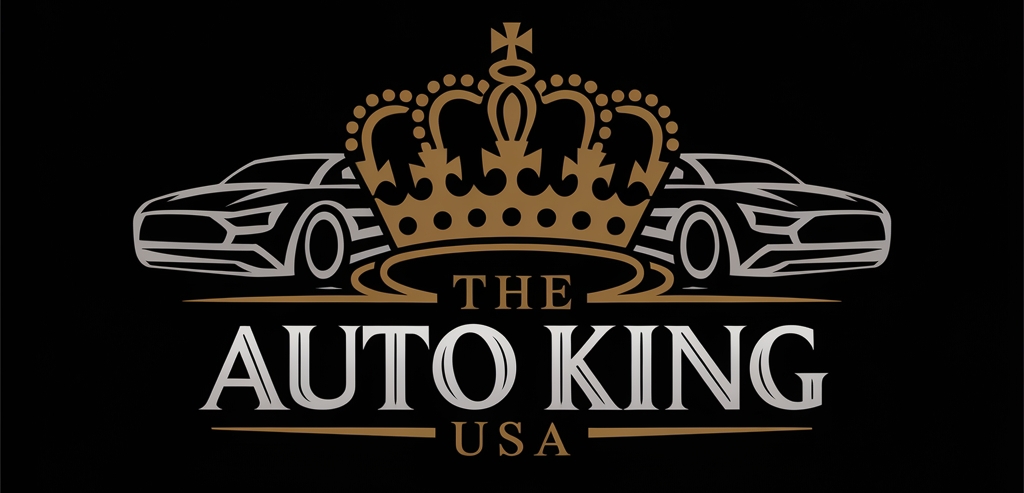Engine
1. Compatibility:
The used engine should be compatible with a specific make, model, and year of the vehicle. It should have the same specifications, such as engine displacement, number of cylinders, and fuel type, as the original engine.
2. Mileage:
The mileage of the used engine should be disclosed by the seller. It is preferable to find an engine with lower mileage for better performance and longevity.
3. Condition:
The used engine should be in good working condition, free from significant mechanical issues or damage. It should undergo a thorough inspection to ensure that all essential components are in proper working order.
4. Warranty:
The warranty coverage for a used engine may vary depending on the seller or supplier. It is important to inquire about any warranty options or guarantees offered.
5. Compatibility with Accessories:
The used engine should be compatible with the existing accessories and components of the vehicle, such as the transmission, exhaust system, and electrical connections.
spare part
A spare part, spare, service part, repair part, or replacement part, is an interchangeable part that is kept in an inventory and used for the repair or refurbishment of defective equipment/units. Spare parts are an important feature of logistics engineering and supply chain management , often comprising dedicated spare parts management systems.
Spare parts are an outgrowth of the industrial development of interchangeable parts and mass production.
In an industrial environment, spare parts are described in several manner to distinguish key features of various spare parts. The following describes spare part types and their typically functionality.
Transmission
1. Compatibility:
The used transmission should be compatible with the specific make, model, and year of the vehicle. It should have the same specifications, such as the number of gears, transmission type (automatic or manual), and drive type (front-wheel drive, rear-wheel drive, all-wheel drive).
2. Mileage:
The mileage of the used transmission should be disclosed by the seller. It is preferable to find a transmission with lower mileage for better performance and longevity.
3. Condition:
The used transmission should be in good working condition, free from significant mechanical issues or damage. It should undergo a thorough inspection to ensure that all gears, clutches, valves, and other components are functioning properly.
4. Compatibility with Accessories:
The used transmission should be compatible with the existing accessories and components of the vehicle, such as the engine, drivetrain, and electrical connections.
5. Warranty:
The warranty coverage for a used transmission may vary depending on the seller or supplier. It is important to inquire about any warranty options or guarantees offered.
Pickup Bed
can vary depending on the make, model, and year of the truck it came from. However, here are some common specifications to consider when looking for a used pickup bed:
1. Bed Length:
Pickup truck beds can come in various lengths, such as short bed (typically around 5-6 feet), standard bed (around 6-7 feet), and long bed (over 8 feet). The bed length determines the available cargo space.
2. Bed Width:
The width of the pickup bed can also vary, but a typical full-size pickup bed is around 5-6 feet wide. This measurement is important for determining what size items can fit in the bed.
